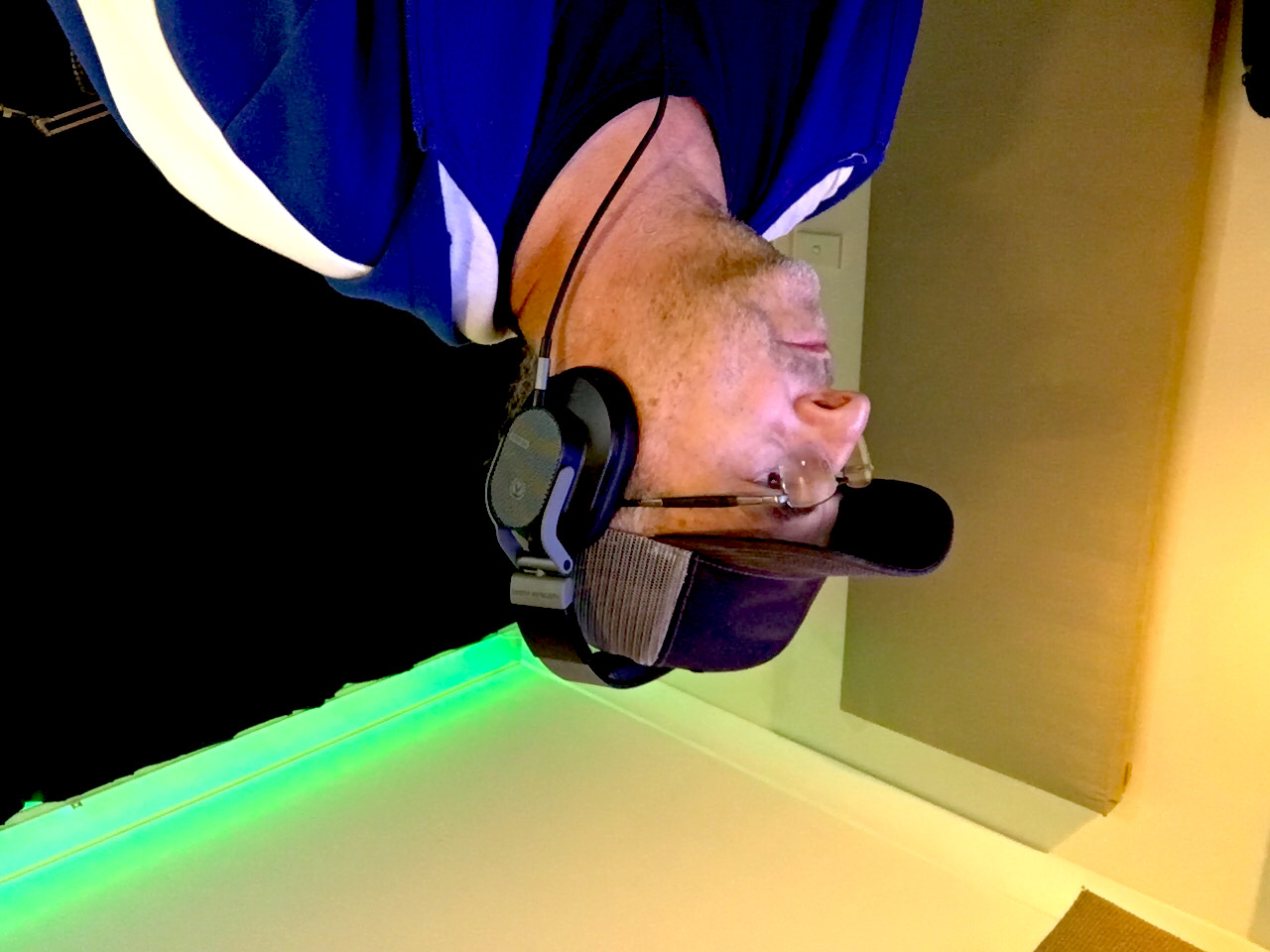Why Small Tweaks Make a Big Difference in Podcast Audio
- Darren Robertson
- Feb 21
- 3 min read
"It took me four years to paint like Raphael, but a lifetime to paint like a child.” – Pablo Picasso
When it comes to podcast audio, more isn’t always better.
More compression doesn’t automatically make you sound more “pro.” More EQ doesn’t always make your voice “pop.” More limiting doesn’t always make things clearer.
But if you’ve spent any time in podcasting forums, you’ve probably seen advice like:
❌ “Always boost 5kHz for clarity!”
❌ “Crank your limiter so everything is LOUD!”
❌ “Smash that compressor—you want a radio sound!”

And while this isn’t necessarily bad advice, it’s not always what’s needed either.
Boosting 5kHz might add clarity—unless you're working with Zoom call audio, in which case you're just making a bad recording even harsher. Compressing hard might bring out detail—unless the original recording is noisy, in which case you're just turning up the noise. Limiting everything to max loudness might make it "punchy"—but it also might destroy natural dynamics and listener engagement.
And yet, plenty of people will sell you off-the-rack, one-size-fits-all plugin settings as if they work for every recording. "Just load this chain, and boom—broadcast-quality audio!"
But unless those settings are tuned for your specific recording, who knows what they’re actually doing?

A preset might apply heavy compression, but if your recording is already clean and dynamic, that could suck the life out of your voice. A preset might boost 5kHz, but if your recording is already a little harsh, now it’s just ear-piercing. A preset might apply aggressive noise reduction, but if your noise floor is low, it could introduce weird, robotic artifacts that weren’t there before.
The truth is, audio is not a one-size-fits-all game. What works for one podcast could ruin another.
The Secret to a Pro Sound? Small, Smart Tweaks
Getting great podcast audio isn’t about slapping on a chain of plugins and hoping for the best it’s about making small, intentional adjustments that actually improve the recording.
Compression? Just enough to control peaks—too much, and your voice loses all life.
EQ? A little shaping can help, but heavy-handed adjustments can make things unnatural. Limiting? Catching peaks is smart—obliterating dynamics is not.
The best sound doesn’t come from pre-made settings—it comes from knowing what needs to be adjusted and why.

Are You Overdoing It? (Or Not Doing Enough?)
When you’re too close to your own mix, it’s hard to tell if your tweaks are actually helping. What sounds “right” to you might actually be:
Over-processed and robotic (because you followed bad advice without context).
Too raw and inconsistent (because you avoided processing when some was needed).
Unbalanced across different devices (because you mixed in isolation).
The Fix? A Podcast Audio Review (For Free!)
If you want expert ears on your mix—but don’t want to hand over full production control—this is where a Podcast Audio Review comes in.
In 15 minutes, I’ll listen to your mix and give you professional feedback on:
✅ How balanced your sound is – Are your tweaks actually improving your audio?
✅ Whether your processing is working for your recording – Is compression smoothing things out, or making it worse?
✅ Where small, smart improvements can make a big impact – What’s worth adjusting, and what’s already working fine.
This isn’t about gutting your mix—it’s about helping you make the right small adjustments so your podcast sounds natural, polished, and professional.
Normally $50, Yours for Free!
I usually charge $50 for this service, but right now, you can get it FREE using the code FIXMYPOD at checkout.
Ready to Make the Right Tweaks?
Book Your Free Podcast Audio Review Now → and use code FIXMYPOD at checkout.






Comments